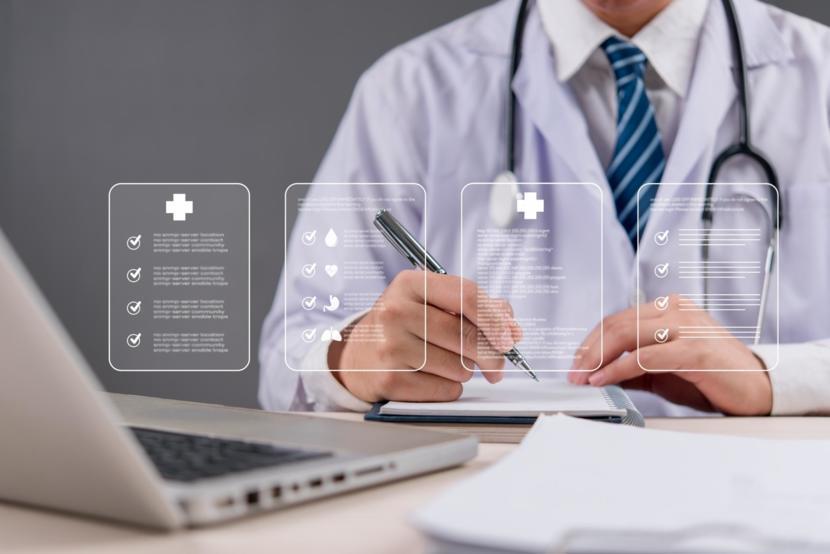Examples of Hospital Communication Systems: Tools That Power Modern Healthcare

Neha Gurvinder is a top Medical Researcher in Enid, Oklahoma. With a passion for the field and an unwavering commitment to their specialty, Neha Gurvinder is an expert in changing the lives of their patients for the better. Through their designated cause and expertise in the field, Neha Gurvinder is a prime example... more
Effective communication in hospitals is essential for delivering timely, safe, and coordinated care. Whether it's sharing patient records, alerting staff in emergencies, or enabling patient-provider conversations, hospital communication systems form the infrastructure that supports these vital interactions. Here are the key examples of communication systems used in hospitals today:
1.Electronic Health Record (EHR) Systems
EHRs are digital platforms that store and manage patient medical histories, treatment plans, test results, and more. They allow different healthcare professionals to access up-to-date information in real time, ensuring coordinated and consistent care.
Key Features:
· Centralized patient records
· Secure data sharing between departments
· Integration with diagnostic tools and lab systems
2.Nurse Call Systems
These systems allow patients to alert nurses or caregivers when they need assistance. Whether it's a bedside button or a wearable device, nurse call systems are crucial for responsive, patient-centered care.
Key Features:
· Immediate alerts to nurses
· Prioritization of calls (e.g., emergency vs. routine)
· Integration with mobile devices for quick response
3.Public Address and Voice Alarm (PAVA) Systems
PAVA systems are used for hospital-wide announcements and emergency alerts. In crisis situations like fires or code blues, clear and immediate communication is critical—and PAVA systems ensure everyone hears the message.
Key Features:
· Hospital-wide audio announcements
· Emergency alert protocols
· Zoned messaging to specific departments or areas
4.Intercom Systems
Used for direct communication between hospital staff in different rooms or departments, intercom systems help streamline internal coordination without needing physical movement or phone calls.
Key Features:
· Hands-free or wall-mounted communication
· Department-to-department coordination
· Integration with security and access systems
5.Mobile Devices and Secure Messaging Apps
Smartphones, tablets, and hospital-approved messaging apps have become essential tools for modern healthcare teams. They allow for quick text, voice, or video communication while ensuring patient data remains protected.
Key Features:
· HIPAA-compliant messaging platforms
· Real-time updates and alerts
· Access to EHRs, schedules, and diagnostic data
6.Telecommunication and Telemedicine Platforms
Especially critical in remote care and consultations, telemedicine systems connect patients and providers through video conferencing. These platforms are vital in expanding care access and reducing in-person visits.
Key Features:
· Virtual consultations
· Remote monitoring of patients
· Integration with appointment scheduling and records
7.Overhead Paging Systems
Hospitals often use overhead paging to quickly locate staff or deliver critical information. These systems broadcast messages across specific areas or the entire facility.
Key Features:
· Quick staff location
· Emergency announcements
· Integration with nurse call and alarm systems
8.Voicemail and Email Systems
Though not suitable for urgent messages, email and voicemail allow for non-urgent communication between hospital staff, specialists, or even patients. They are useful for shift handovers, updates, and administrative coordination.
Key Features:
· Asynchronous communication
· Documentation of correspondence
· Integration with hospital intranet or workflow systems









